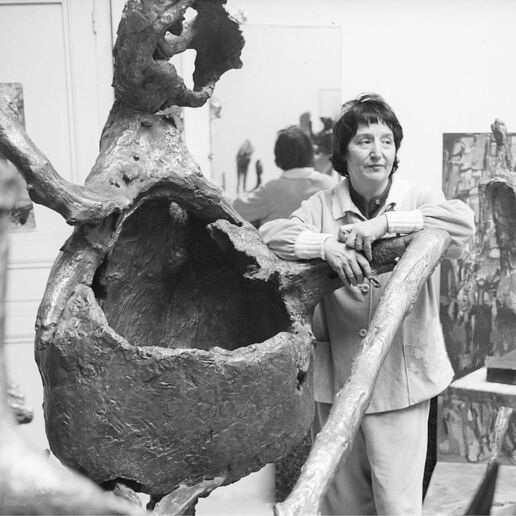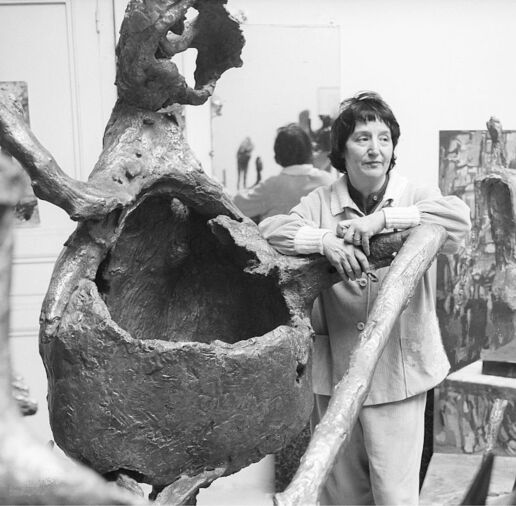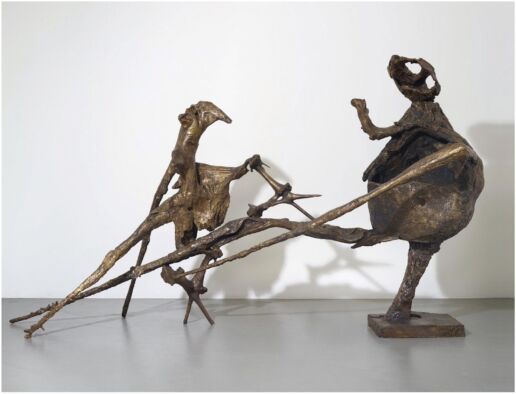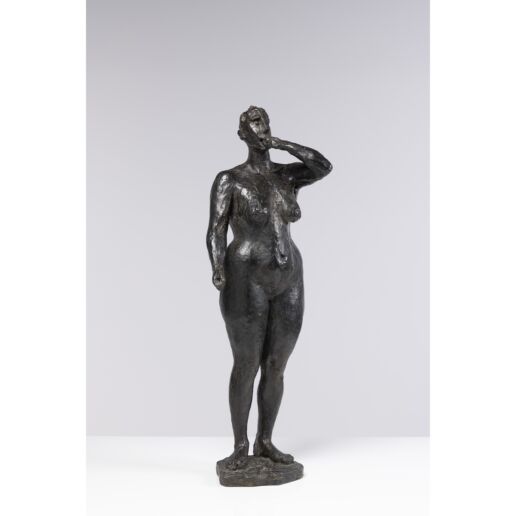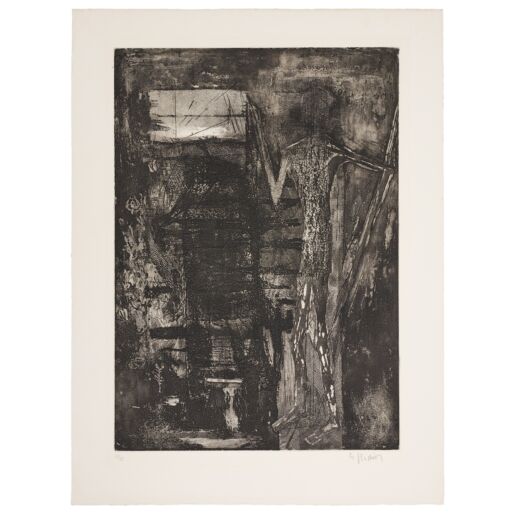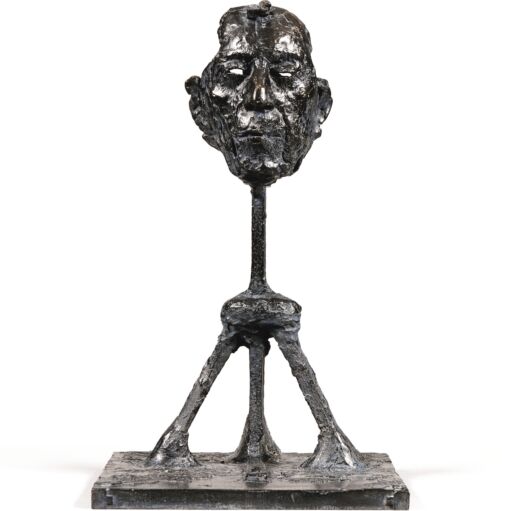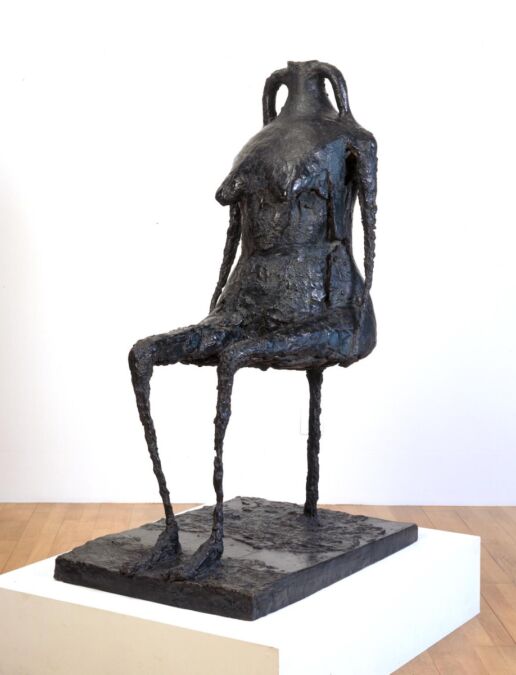AN AVANTGARDE IN PARIS: GERMAINE RICHIER
Existentialist sculptor Germaine Richier is known for her large-scale, rough, bronze sculptures and Center Pompidou Museum’s ongoing exhibition brings together nearly 200 of the celebrated artist’s works.
Designed by Renzo Piano and Richard Rogers and located in Beaubourg, in the heart of Paris, Center Pompidou is currently showcasing the modernist side of Germaine Richier. Open until 12 June 2023, the exhibition brings together a selection of the French artist’s sculptures, engravings, and drawings.
Tracing Richier’s Steps
Born in the Grans region of Bouches-du-Rhône in the south of France in 1902, Richier began her formal training in the workshop of Louis-Jacques Guigues at the Ecole des Beaux Arts in Montpellier. In 1926, the artist started working with Antoine Bourdelle, a former student of the French sculptor and art teacher Auguste Rodin. It was in his studio that she learned to work with bronze and it was where she worked with Bourdelle until his death in 1929. Richier’s talent was recognized in 1934, marked by her first solo exhibition at the Galerie Max Kaganovitch. Germaine Richier lived in Switzerland periodically as of the 1940s. She held exhibitions in Basel, Berne, and Zurich and returned to her Paris studio after World War II.
Richier’s works reflect the war period in a poetic way. The rough, scarred, and damaged surfaces and the half-human and half-animal figures of her sculptures describe the existential fears and challenges brought about by the war. The artist’s style shows a clear transition towards emotional and semi-abstract figures in the post-war years.
The Birth of Figures
Like Rodin and Bourdelle, the human element is at the core of Richier’s work. The artist’s aggressive interventions on bronze material give an extraordinary feeling to her work. Insects, wood chips, stones, plants, and herbs she collected from nature and stored in her studio become instruments that deliver magnificent variations. She collected most of the items while beachcombing near Saintes-Maries-de-la-Mer where she grew up. Floating pieces inspired her and complemented her sculptures. Richier’s art was shaped by a childhood spent in nature in Provence and her social environment fascinated with surrealism and existentialism. Destroyed and deformed, ugly human forms combined with spiders, toads, and vegetal elements are common sculptural themes. The transformation of emerging forms into provocative hybrids and its blending with mythology and existential philosophy is actually a short summary of the artist’s creative trajectory. ‘Prix Blumenthal’ winning Richier was the first sculptor whose work was exhibited at the National Museum of Modern Art in 1956. Germaine Richier’s work can be seen at Tate London, the San Francisco Museum of Modern Art, and the Tuileries Garden.


